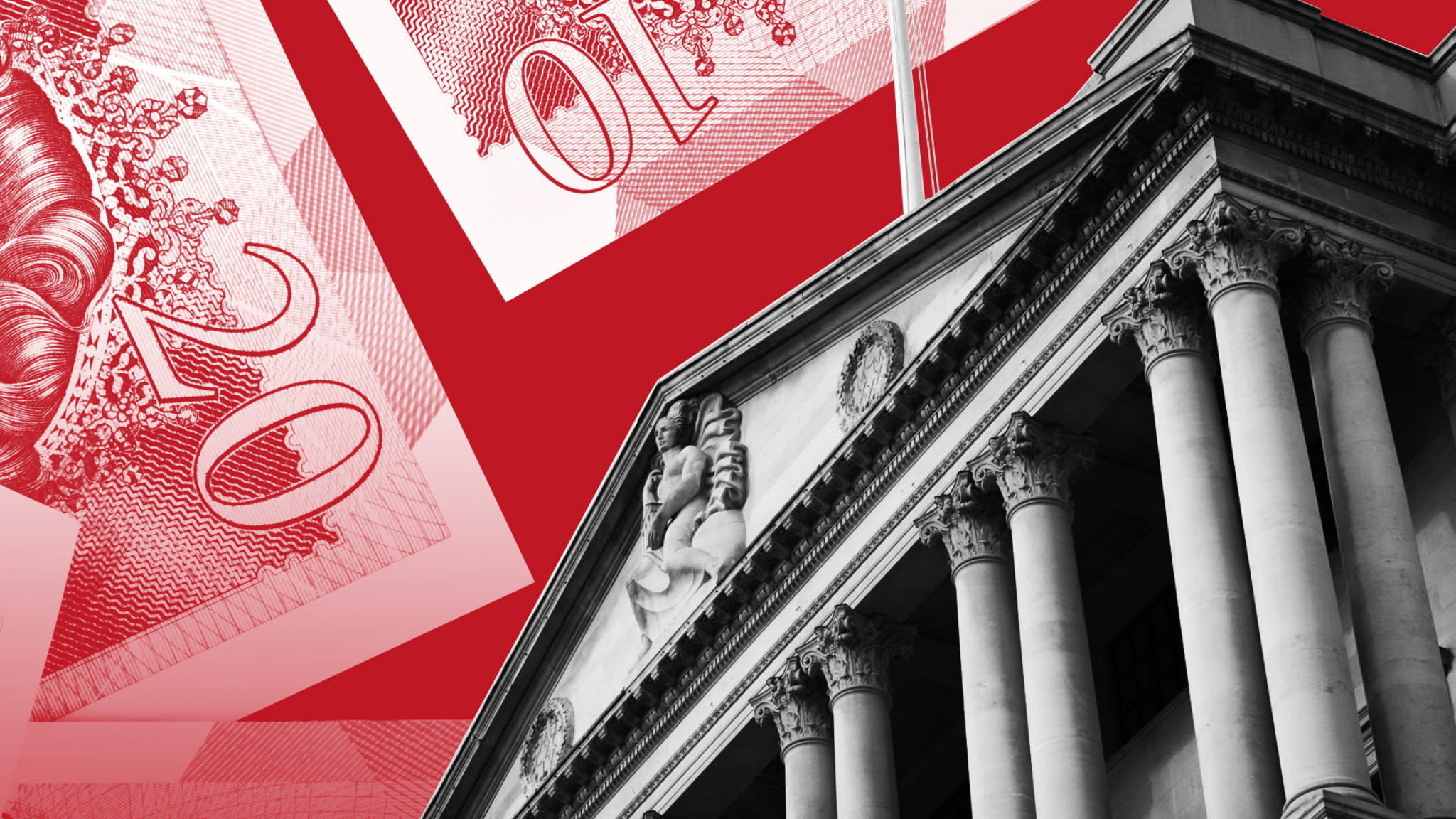Growth investing and ESG investing tend to be correlated
A simple point: growth investors focus on the future. Their interest is in the profits that might be made – and on the dividends that might be paid – a years or decades from now.
Most ESG-friendly or impact stocks also tend to be growth stocks, sucking in (cheap risk) capital today to disrupt established cashflow-positive and dividend-paying industries and so build a greener/more equitable future. The two styles tended to correlate – particularly during the bull run that reached its crescendo in 2020.
Income investing focuses on the past, present and near future
As income investors, we need to find dividends in the world as it is today, rather than in the world as we hope it will become... We are obliged to be pragmatists, rather than idealists. We can’t afford to wait for growth (or positive-impact) businesses to begin returning capital to their shareholders (if they ever do...).
Our search for an above-market dividend yield gives our portfolio an inherent bias towards ‘value’ and away from ‘growth’ – it also means it has little in common with impact or ESG funds.
For a number of years, until mid-2020, that bias tended to hold us back as a lot of the wider market returns were driven by growth and ESG stocks. But as monetary conditions tighten, things are changing...
As QE is withdrawn and funding costs rise, ‘moonshot’ ESG stocks look less attractive
In the world of zero interest rates, QE and excess liquidity in the financial system, companies whose technology seemed to offer plausible if expensive solutions to the world’s problems were offered virtually unlimited quantities of cheap capital to shoot for the moon.
At the same time, ‘old economy’ companies that could return capital to investors had few friends – a glut of capital made jam tomorrow look more attractive than jam today.
But as QE gives way to QT and risk capital, as well as liquidity in a broader sense, becomes increasingly scarce, idealism has a far higher cost. Not only are moonshots expensive to finance but the hit rate tends to be low. Today, incremental improvements such as…
- Reducing emissions by switching buses to biofuels;
- Making steel using a slightly less polluting process;
- Transporting goods to market using the most efficient shipping companies; and
- Providing the copper needed to enable the energy transition
...look more attractive than expensive, long-term solutions that may – or may not – work. Those above-mentioned areas are sectors where an income investor can find dividends and still be part of the ESG journey.
But ESG factors are still relevant to an income portfolio
As pragmatists, we realise that ESG factors still matter. They matter not only to the other shareholders of the companies we invest in – but to society and to politicians.
Part of our ‘regime change’ thesis is recognising that politicians are increasingly prepared to intervene in the corporate world in a way that can materially skew the potential risks and rewards to shareholders. Profit maximisation is no longer the singular objective for corporate actors; negative externalities are increasingly being incorporated into the equation.




.jpg%3Fv1?width=1275&source=ftadviser)



